5. Heaven Can Wait (1978)
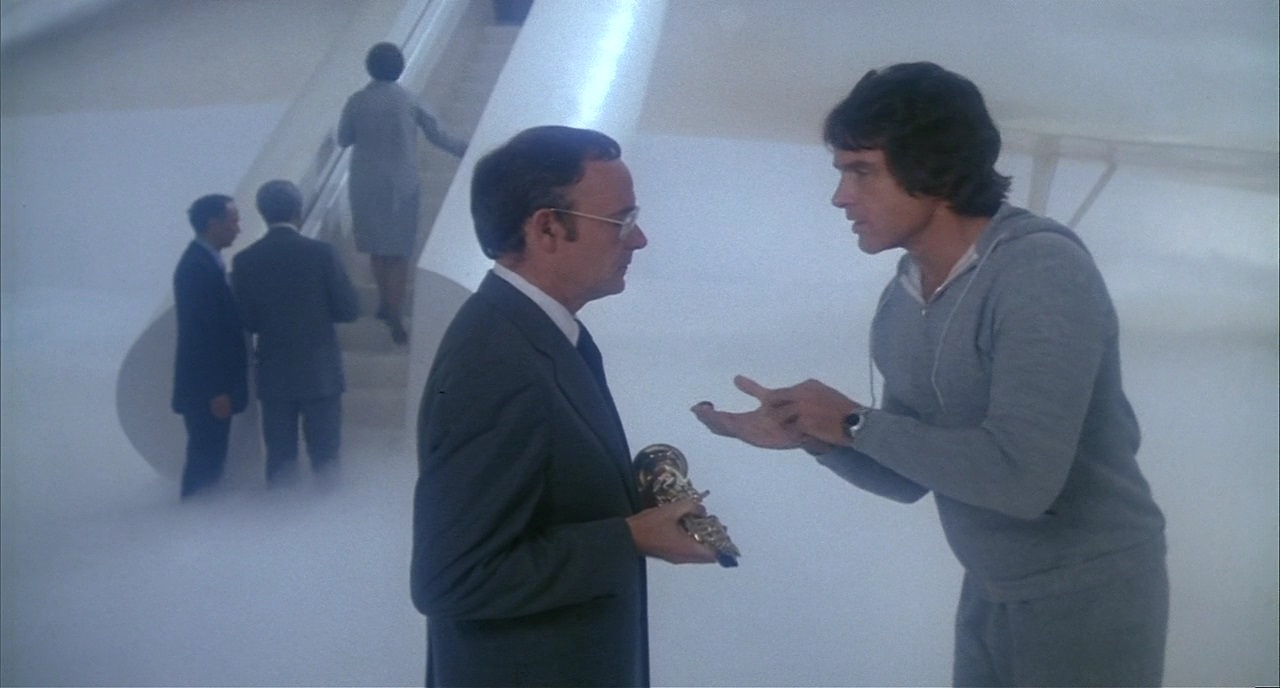
And speaking of artists at the height of their power, there was perhaps not a single more powerful movie star in the brief but creatively fecund period of American cinema known as New Hollywood than Warren Beatty.
Beatty worked with a formidable gallery of directors in the ‘70s, from Robert Altman to Hal Ashby and Alan J. Pakula. But what’s most impressive about his career as an actor is how he was the de facto auteur of a lot of his projects – he was notoriously insistent on having a big say on the screenplay, the casting, even the number of takes (Altman is said to have once left the set of “McCabe & Mrs. Miller” in protest of Beatty’s persistence in keeping shooting the same scene and the actor simply continued without him).
Therefore, it was only a matter of time for a star with such a desire to shape projects exactly the way he envisioned to become a director, which first happened with the delightful “Heaven Can Wait.” While not as superlative as his next directorial effort (the awards juggernaut “Reds”), this film is clearly the work of someone with a keen vision of cinema; a fantasy comedy that pays homage to classic Hollywood (it being a remake of the 1941 film “Here Comes Mr. Jordan” certainly has something to do with that), but is also weird and fresh enough to go way beyond mere pastiche.
4. Body Snatchers (1993)
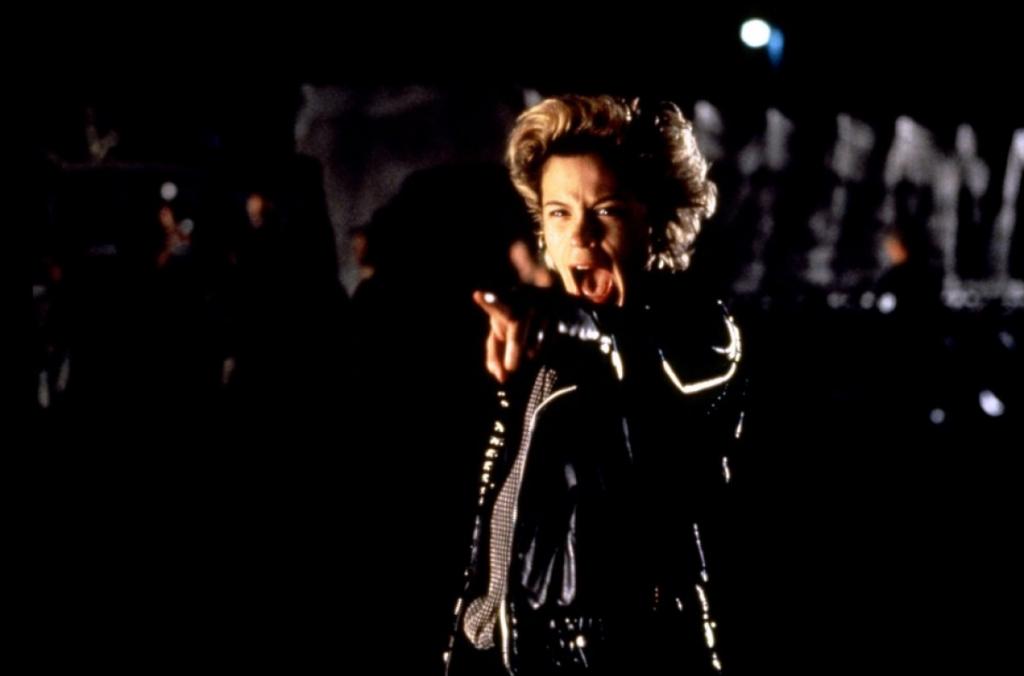
A title at this point just as famous for the fact that it has many remakes as it is for any of the individual versions, Jack Finney’s novel “Body Snatchers” has spawned at least two highly acclaimed classics: the original 1956 Don Siegel paranoia fest “Invasion of the Body Snatchers”; and the Philip Kaufman 1978 namesake, which reshapes the story into pure body horror territory.
Much less remembered and celebrated than either of those two is Abel Ferrara’s version from 1993, perhaps because it’s the grimmest and most existential of the bunch. Ferrara’s vision of the material is much less explicit as an allegory than Siegel’s movie, and it’s not as viscerally affecting as Kaufman’s; but it’s possibly the most dread-inducing, precisely because it’s so rigorous in its commitment to take this premise seriously and examine the philosophical implications of a widespread loss of identity.
It’s headier stuff than its predecessors and the subsequent remakes; ripe with subtext about conformity, suburbia, and the military, but it’s no less scary or emotionally affecting because of it, anchored as it is by terrific practical effects and a wonderful central performance from Meg Tilly.
3. The Birdcage (1996)
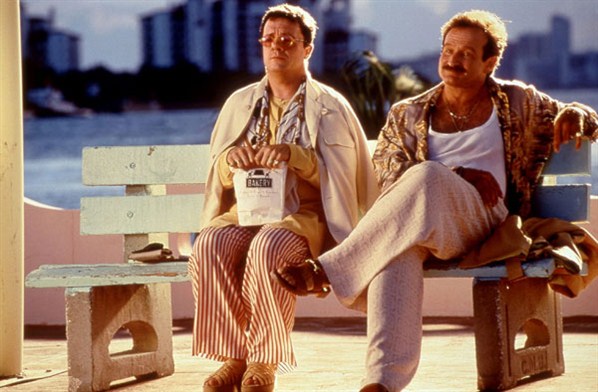
One of the main venues of remakes is the international export; meaning, the English-language version of a foreign hit. It’s often a purely cynical endeavor, an attempt to cash in with the success of an already great film simply by putting some Hollywood stars in a new version and not making any meaningful changes.
But every so often a sort of cinematic miracle occurs, when a genuinely talented group of artists take a foreign movie that is personally interesting to them and make a creatively honest, inspired work out of it. One of the best examples of this is “The Birdcage,” one the best comedies of the ‘90s, a relentlessly hilarious ride that, despite being based on not only one but two different things (the original play and the French film adaptation of it) feels distinctly like a product of the minds of the key creatives involved.
The cast is, of course, phenomenal (most of all Nathan Lane, who outshines even his ever-funny co-star Robin Williams), but what makes “The Birdcage” special is that it was the reunion between legendary comedy duo Mike Nichols and Elaine May. The perfect synergy of direction and screenplay achieved here is the cinematic equivalent of their years together: one lifting the other for maximum hilarity.
2. Dirty Rotten Scoundrels (1988)
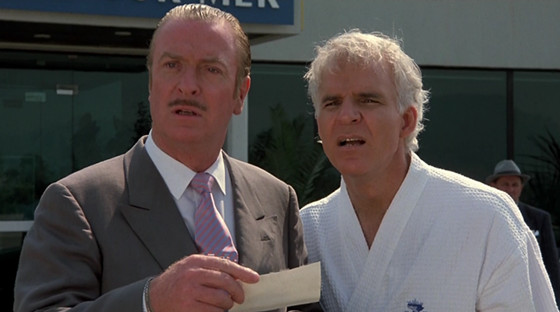
Another great comedy remake, Frank Oz’s “Dirty Rotten Scoundrels,” has itself recently been remade as the Anne Hathaway/Rebel Wilson vehicle “The Hustle,” which, coupled with the original version, the Marlon Brando/David Niven two hander “Bedtime Story,” makes for a fascinating case study of how to do a great comedy.
All three films have the same essential elements: the fun con-man premise, the serpentine plotting, the coupling of a comedian and a more classically serious actor – and yet, only “Dirty Rotten Scoundrels” makes all of those things work in unison. The chemistry between Steve Martin and Michael Caine is electrifying, as is their rapport with the film’s secret weapon: Glenne Headly, a wonderful comedic actress who was severely underserved by Hollywood.
And just as important for the film’s quality is Oz’s affinity for farce (something that clearly eluded the directors of both other versions), effortlessly setting up one comedic set piece after another, some of which are among the finest ever – the scene of Martin posing as a paraplegic and Caine trying to out him is one of the funniest things in all of film.
1. Funny Games (2007)
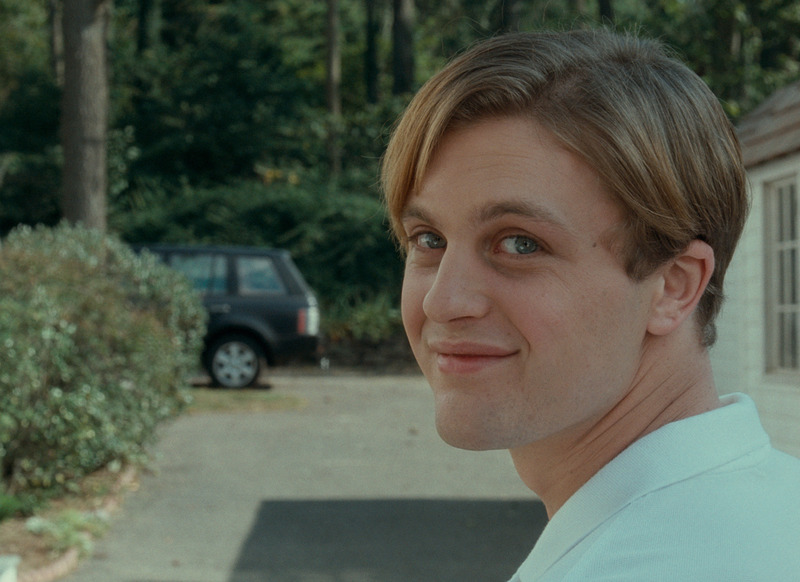
It’s not unheard of for a director to remake their own movie; even some of the greatest filmmakers of all time have made new versions of previous works to arguably better results, like Alfred Hitchcock and Yasujiro Ozu (with “The Man Who Knew Too Much” and “Floating Weeds,” respectively).
But even so, there’s nothing quite like Michael Haneke’s American remake of “Funny Games” in that it’s not simply the exact same story as the original, scene by scene, line by line, beat by beat – it’s a shot-for-shot recreation of the first film. All visual elements (the costumes, the set) were designed to be identical; every composition carefully calibrated to be as faithful a replica of the original as possible.
It’s a perverse exercise that could only have come from the famously sadistic mind of Haneke, but as with most of his work, it’s a far from gratuitous choice: the simple transposition of the narrative to an American setting gives new weight and layers to the film’s themes of violence in media.